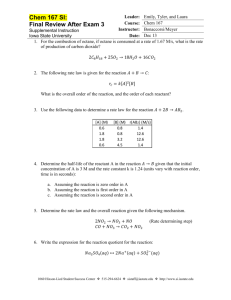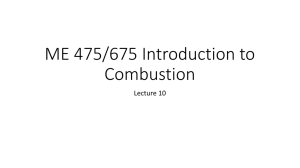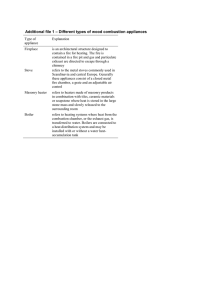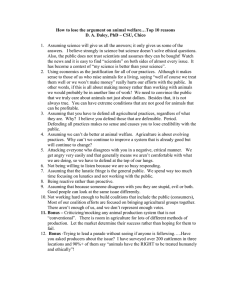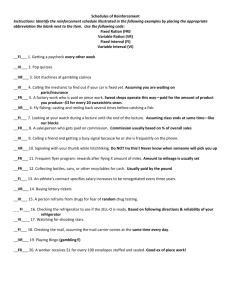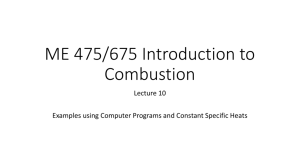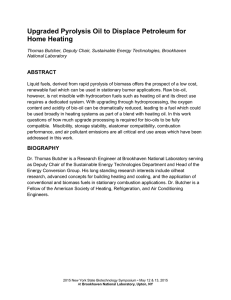Thermochemistry Relations/Concepts
advertisement
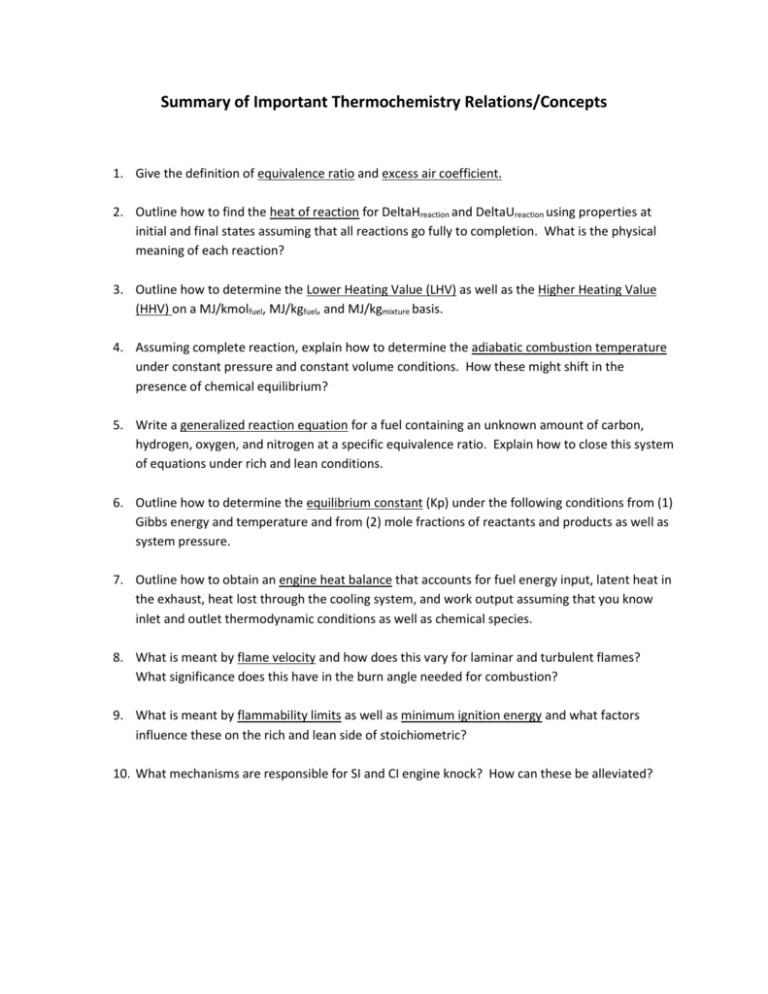
Summary of Important Thermochemistry Relations/Concepts 1. Give the definition of equivalence ratio and excess air coefficient. 2. Outline how to find the heat of reaction for DeltaHreaction and DeltaUreaction using properties at initial and final states assuming that all reactions go fully to completion. What is the physical meaning of each reaction? 3. Outline how to determine the Lower Heating Value (LHV) as well as the Higher Heating Value (HHV) on a MJ/kmolfuel, MJ/kgfuel, and MJ/kgmixture basis. 4. Assuming complete reaction, explain how to determine the adiabatic combustion temperature under constant pressure and constant volume conditions. How these might shift in the presence of chemical equilibrium? 5. Write a generalized reaction equation for a fuel containing an unknown amount of carbon, hydrogen, oxygen, and nitrogen at a specific equivalence ratio. Explain how to close this system of equations under rich and lean conditions. 6. Outline how to determine the equilibrium constant (Kp) under the following conditions from (1) Gibbs energy and temperature and from (2) mole fractions of reactants and products as well as system pressure. 7. Outline how to obtain an engine heat balance that accounts for fuel energy input, latent heat in the exhaust, heat lost through the cooling system, and work output assuming that you know inlet and outlet thermodynamic conditions as well as chemical species. 8. What is meant by flame velocity and how does this vary for laminar and turbulent flames? What significance does this have in the burn angle needed for combustion? 9. What is meant by flammability limits as well as minimum ignition energy and what factors influence these on the rich and lean side of stoichiometric? 10. What mechanisms are responsible for SI and CI engine knock? How can these be alleviated?
